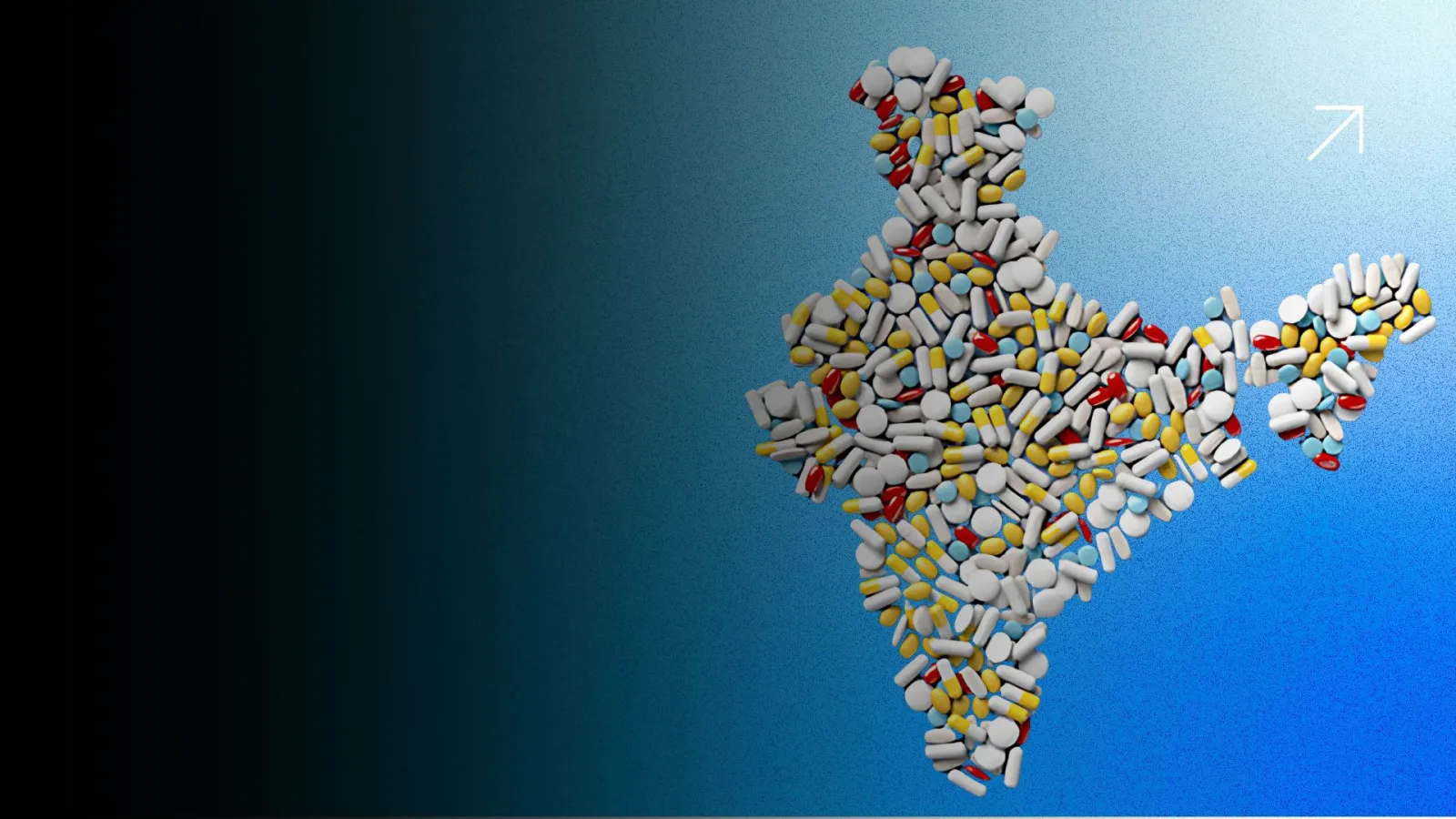Let’s stop pretending the problem is content. Pharma marketers have no shortage of medical visuals, MOA videos, or emailers. The issue isn’t supply. It’s connection.
Most pharma brands in India still treat doctor engagement like a one-way broadcast. Push a campaign, deploy reps, hope for outcomes. But that model is breaking. The reality? Doctors are overwhelmed, time-starved, and increasingly digital-first. Traditional rep interactions aren't enough.
HCP engagement today is about precision, timing, context, and most importantly, respect for the doctor’s attention.
What Indian Doctors Actually Want
They want relevance. They want asynchronous access. They want control.
According to your own field data, rep visits are shorter. Doctors often skip e-detailing sessions or ignore follow-up content. Why? Because most pharma teams are still pushing generic messaging on fixed timelines.
Here’s what doctors respond to:
- Content that aligns with their specialty and practice challenges
- Tools that fit into their day (WhatsApp, quick videos, voice snippets, not PDFs)
- Seamless continuity between what the rep says and what they receive digitally
This is the new baseline for HCP engagement. Miss it, and your campaigns go unread; no matter how well-designed.
Why the Right HCP Engagement Platforms Matter
A good HCP engagement strategy falls apart without the right tech to support it. This is where most pharma companies struggle. They’re either juggling disconnected tools (email platforms, CRM, rep apps) or stuck with a “platform” that’s actually just a bloated CRM.
The right HCP engagement platform doesn’t just send messages. It orchestrates journeys.
Here’s what to look for.
1. Doctor-Centric Personalization, Not Just Segmentation
Segmenting doctors by geography or specialty isn’t enough anymore. You need behavioral personalization for content, timing, and channel preferences tailored to each HCP based on actual interaction data.
If your platform can’t dynamically adjust based on what a doctor opens, watches, or ignores, it's not built for HCP engagement in 2025.
2. Real Omnichannel, Not Patchwork Distribution
Email, WhatsApp, rep detailing, webinars, microsites: they all matter. But only when they talk to each other.
Your platform should:
- Connect with your CRM in real-time
- Trigger WhatsApp follow-ups after a rep visit
- Sync email campaigns with in-clinic activity
- Allow doctors to pick how they want to be engaged
The best HCP engagement platforms make every channel feel like one seamless brand experience, not random touchpoints.
3. Native WhatsApp and Mobile-First Design
In India, WhatsApp engagement is non-negotiable. Doctors in Tier 2 and 3 cities, in particular, prefer it over email or portals. If your platform can’t deliver approved content, track opens, and trigger conversations via WhatsApp, you're invisible to a huge chunk of your HCP base.
More importantly, mobile-first design is no longer optional. Your content has to look perfect and load fast on a doctor’s phone, in a cab, between patients. Your HCP engagement depends on it.
4. Built-in UCPMP Compliance
Fear of non-compliance is slowing down half of India’s pharma marketing efforts. Content approval delays. Legal backlogs. Random WhatsApp sharing by reps.
The right HCP engagement platform solves this:
- MLR workflows built into campaign design
- Consent capture baked into journeys
- Content expiry rules enforced automatically
- Audit trails for every message, across every channel
This isn’t just legal hygiene. It’s speed, safety, and scale, the three things every pharma team wants but few achieve.
5. Field + Digital Integration That Actually Works
Reps still matter, but only if they’re in sync with digital campaigns. The best platforms give reps visibility into a doctor’s engagement history, recommended content, and next steps. They can trigger WhatsApp flows post-meeting, see what was sent digitally, and close the loop, not guess.
If your rep can’t use the platform easily on their phone or tablet, it won’t get used. That’s a field adoption issue, not a training issue. Design matters.
Effective HCP engagement platforms aren’t built for marketers. They’re built for how doctors work, and how reps work with them.
6. Analytics That Tie Engagement to Outcomes
Clicks are not outcomes. You want to know:
- Which doctors moved from passive to active
- Which content led to increased prescription intent
- What engagement behaviors predict churn
- What combinations of rep visits + WhatsApp + webinar lead to action
Platforms that offer real Rx attribution dashboards, even directional ones, give brand managers clarity. They stop the guesswork. And they help marketers fight for budget with actual numbers.
If your team can’t answer what worked last quarter, you’re not doing HCP engagement. You’re just sending content.
7. Local Language and Vernacular Support
India isn’t one market. Regional campaigns matter. Especially in chronic therapies, where Tier 2 and 3 prescribers hold volume.
If your platform doesn’t support localized content, from video to WhatsApp templates, you’re not reaching your full HCP base. Regional nuance isn't a nice-to-have anymore. It's how brands grow.
The right HCP engagement platforms make this scalable, not manual.
Final Word: What This Means for Pharma Teams in India
Your doctor is on WhatsApp. On webinars. On mobile. They expect value, clarity, and relevance. And they expect it when they want, not when your campaign calendar says so.
HCP engagement today is about earned attention. Not more content. Not louder reps.
The best pharma brands in India are already adjusting. They’re investing in platforms that tie together their field force, marketing team, compliance gatekeepers, and analytics dashboards, all toward one goal: trusted, consistent, doctor-first communication that drives action.
If your team is evaluating HCP engagement platforms, remember this:





